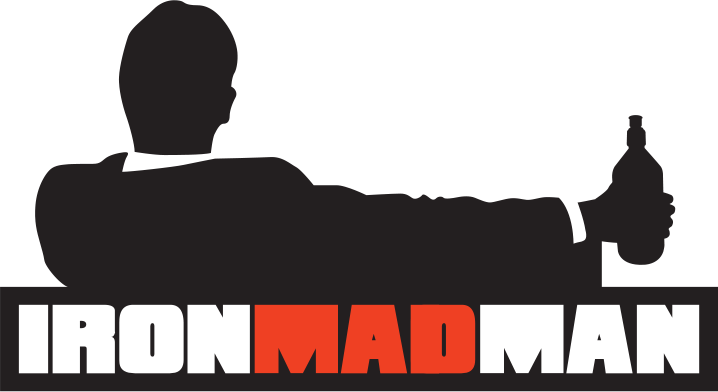Learning to Run
/I never expected running to be the part of my triathlon training that needs the most work. But according to Coach Gerardo, it's the toughest of the three tri-disciplines to master. We're aided by equipment on the bike and the water in the pool. But on the track, road or trail, it's just our bodies and the ground. Apparently, a lot can go wrong in between the two, as I learned tonight in a special one-on-one coached workout at Van Nuys Sherman Oaks park.
In my hour workout that more closely resembled a learning-by-doing tutorial, I learned so much it's still hard to organize my thoughts three hours later. For starters, my body is working against itself in my current stride. I need to lean forward by 7 percent at the ankles. Don't ask me how exactly to ensure it's not 8 or 9 percent. Doing so will help instigate proper momentum, which can be further accentuated by propelling my arms in a Nordic-track like motion. But not just any Nordic-track motion. My elbows must retain a 90-degree angle and remain at the mid-chest level while my hands should be soft enough to cradle a rolled piece of paper. My gaze should remain 35-feet in front of me, though currently I find myself staring down to ensure I'm leaning forward. And when I'm not thinking about all that, my hamstrings should be firing my legs so I'm kicking high on the back stride before powering forward to land on my feet at the widest part of the shoe -- as opposed to the heel where I currently strike. Oh yeah, when my brain is juggling all that, I need to tighten my abs for more power on the arm strides.
I feel like I ran an 800 just from typing that last paragraph!
However, all the minor adjustments and major helpings of patience started to pay off by the end of the tutorial. Gerardo asked me to mimic his stride without thinking about it, and when I did it felt absolutely effortless. I won't go as far as to say I was gliding, but I certainly was striding forward at a relaxed yet faster pace. Then, I ran an 800 with these same principles in mind and Gerardo said I looked like a different runner from just 60 minutes prior.
I felt like one too.
I have sheets of paper with checklists and drills to incorporate for future workouts. I may need to even buy a pair of track shoes to help my feet strike the ground properly. Especially since my stability-structured shoes and podiatrist-prescribed orthotics create extra padding that makes proper foot-striking more difficult. But I'm hooked on this idea of a more efficient stride. Like perhaps it's the vaunted red pill that will take me down the rabbit hole into the world of Boston Marathons and US/World championship-qualifying times.
Hey, a guy can dream, right?
Dreams. Isn't that what all this is about on some level? Being able to feel like an elite athlete training for peak performance? Instead of the guy reading about it on ESPN.com? To have a coach monitor every stride to fine-tune the seemingly smallest detail that could lead to a personal-best finish? Even if that moment is just that, a fleeting instance of glory at a local race on any given Saturday or Sunday?
Why should the pros have all the fun?
It's what moves me in the morning when it's hard to get out of bed. And tomorrow, when I'm stumbling towards the shower at 6 to wake up and prepare for a two-hour morning brick, I'll lean forward about 7 percent to see if I can get there a little more efficiently.
95 days and counting.
